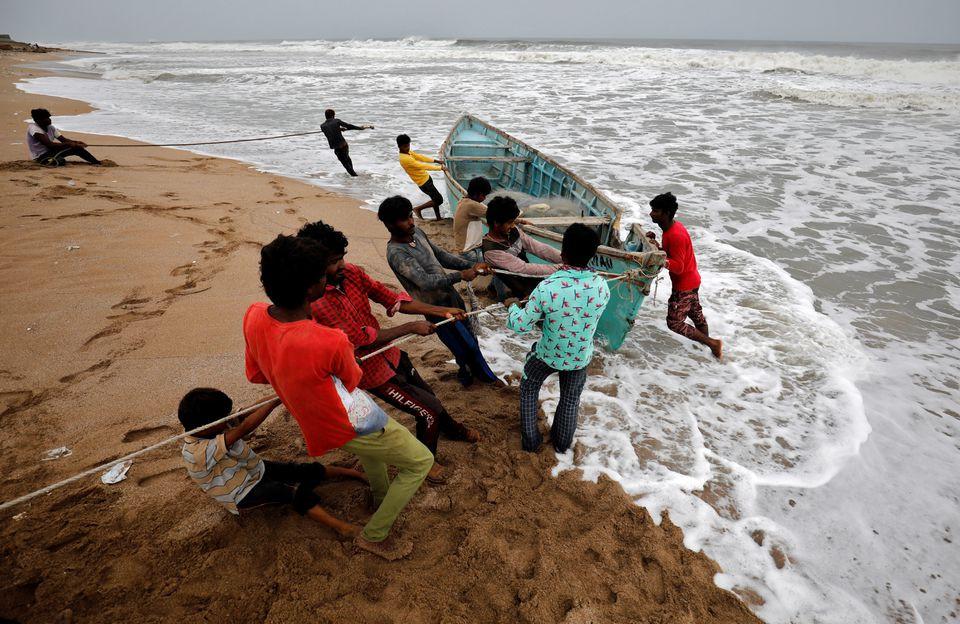Indian authorities are taking significant measures to prepare for Tropical Storm Dana, which is forecasted to intensify as it approaches the eastern coastline. Schools have been closed, hundreds of thousands of residents have been evacuated, and train services have been canceled across several states.
The Indian Meteorological Department warns that Tropical Storm Dana will bring winds ranging from 100 to 110 kph (62 to 68 mph) and gusts reaching up to 120 kph (74 mph). The storm is expected to make landfall late Thursday into early Friday, primarily impacting the eastern state of Odisha, which is already experiencing strong winds and rainfall.
Rising Storm Intensity Linked to Climate Change
Climate scientists have noted that severe storms are becoming more frequent in South Asia, largely due to global warming and the increase of greenhouse gases in the atmosphere. This trend is causing storms to be more extreme and unpredictable.
In response to the approaching storm, authorities in Odisha have closed schools, canceled over 200 trains, and suspended flights. Fishermen have been warned to stay away from the sea due to dangerous conditions.
Heavy rain has also begun in parts of West Bengal, where officials are on high alert as some districts may also be affected by the storm.
Large-Scale Evacuations Underway
Odisha’s Chief Minister, Mohan Charan Majhi, reported that around 300,000 people have already been evacuated from high-risk areas. The government plans to evacuate over 1 million residents from 14 districts as a precaution. Several teams of aid and rescue workers have been deployed to assist those in need, particularly in areas prone to severe cyclones.
“The government is fully prepared to tackle the situation. You are in safe hands,” Majhi assured the public.
Increasing Cyclone Threat in India
India’s eastern coastline has historically been vulnerable to cyclones, but the frequency and intensity of these storms are on the rise. Last year marked one of the deadliest cyclone seasons in recent history, claiming 523 lives and causing approximately $2.5 billion in damages.




